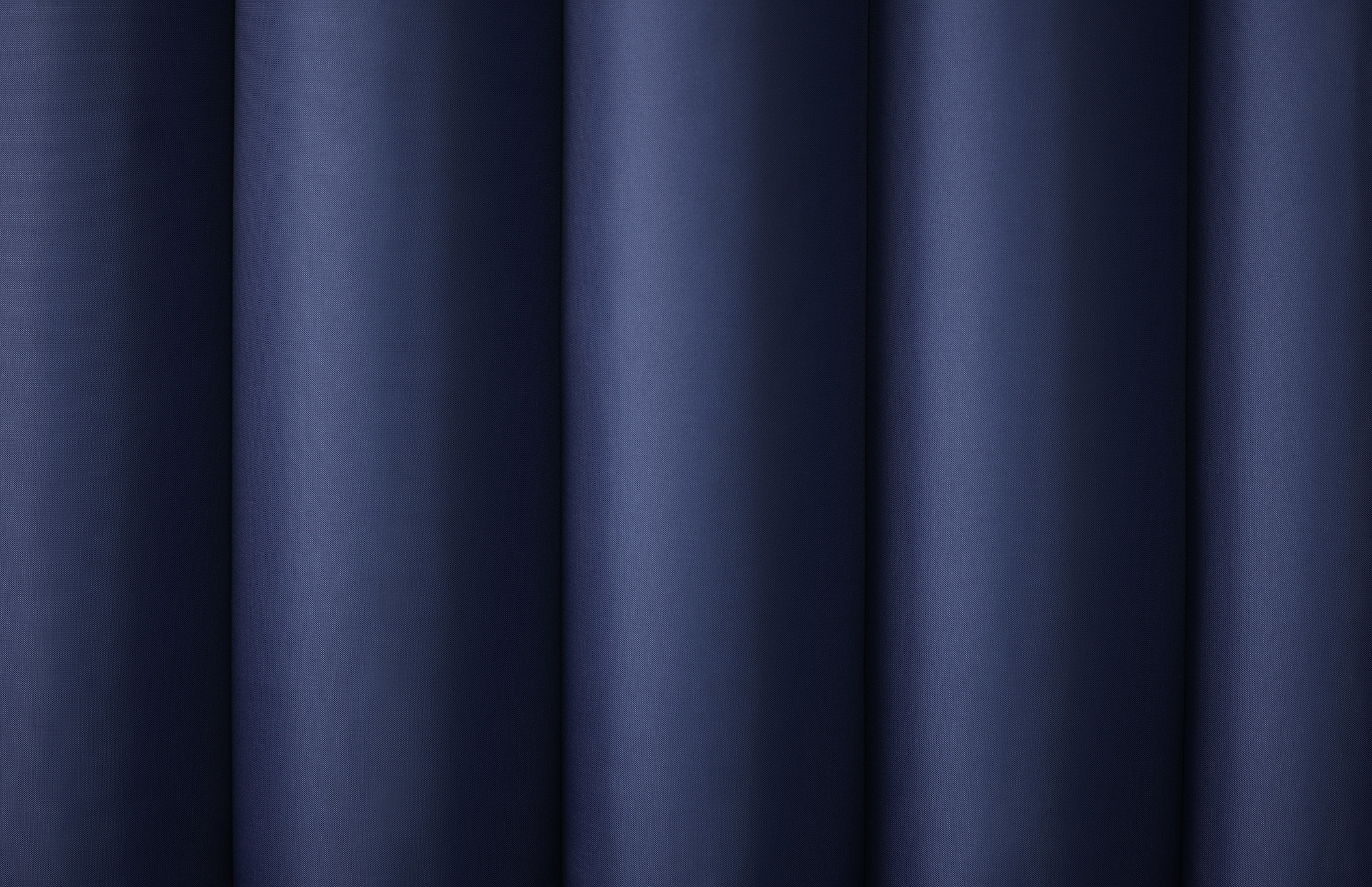Swedish innovation prevents pressure ulcers in healthcare and at home
The incidence of pressure ulcers in the healthcare sector is one of the Swedish National Board of Health and Welfare’s quality-of-care metrics. The prevention and treatment of pressure ulcers is about reducing suffering for patients and reducing the cost of preventable healthcare complications. Care of Sweden is a company with a vision to eliminate pressure ulcers in close collaboration with healthcare.
Populations are continuing to age and there is a growing need for care at home and in hospitals. Medical innovations are a necessity for healthcare professionals, enabling them to continue to focus on providing good care. Care of Sweden’s proprietary system, an aid to prevent pressure ulcers, with a pulsating mode, has shown good results in both effect and comfort in a number of studies. The system is an AI-based platform and can be used as an aid to prevent and treat pressure ulcers, which can have an important impact on the quality of care and health economics.
Mattresses that prevent pressure ulcers aim to increase the quality of care
“Years of development in collaboration with universities and healthcare have resulted in a system that was perceived as quiet, comfortable and stable, by both patients and healthcare staff. These qualities are important, as they are linked to sleep, recovery and comfort. The system includes a large number of sensors that constantly adjust the patient’s contact with the mattress based on their weight, height and position in the bed. With the help of AI, the system can detect any changes, for example the patient changing position, and adjust the amount of contact between patient and mattress without the need for manual handling,” says Karl Bülow, CEO of Care of Sweden.
Good clinical results
Care of Sweden’s Pulsating Mode has been evaluated by researchers at Ghent University1. The aim with the study was to investigate the incidence of pressure ulcers when using the Pulsating Mode, in order to demonstrate the effect of the product on the primary causes of pressure ulcers. The study was conducted at ten nursing homes in Belgium and clearly indicated, at follow-up after 30 days, healing of existing pressure ulcers (category III and IV). This is comparable with the expected healing time for a pressure ulcer (category IV), which is 155 days2.
A pressure ulcer is an injury to the skin and/or underlying tissue. The injury occurs when the supply of nutrients and oxygen is disrupted due to pressure, or pressure in combination with shear that affects the skin and underlying tissue. In conclusion, pressure ulcers are caused by two factors: a persistent pressure that results in poor blood circulation, which leads to oxygen deficiency in the tissue (ischemia), or the deformation of cells (cell deformation).
“Traditionally, one function is used to prevent ischemia and another to prevent cell deformation. Our AI-based system has been developed with the aim of addressing both of these factors. Through studies in Southampton3 with leading researchers in the field, we have ensured the product’s function regarding the supply of oxygen and the removal of CO2 and waste products from the body’s tissues, which are important aspects for wound healing. This provides benefits for both healthcare and society and, of course, also for the individual in terms of reduced suffering,” says Karl Bülow.
Pressure ulcers – a healthcare complication
A 2022 survey conducted by the Swedish Association of Local Authorities and Regions (SALAR) reveals that 14 per cent of patients receiving care in Swedish municipalities and regions had pressure ulcers. Patients with pressure ulcers need an average of 15.5 more days of care than patients with no pressure ulcers, according to a British study from 20174. A large proportion of the pressure ulcers that occur in Swedish healthcare settings are considered avoidable.

References:
1.Raepsaet, C., Zwaenepoel, E., Manderlier, B., Van Damme, N., Verhaeghe, S., Van Hecke, A., & Beeckman, D. (2021). A Fully Automated Pulsating Support System for Pressure Injury Prevention and Treatment in 10 Belgium Nursing Homes: An Observational Study. Journal of wound, ostomy, and continence nursing : official publication of The Wound, Ostomy and Continence Nurses Society, 48(2), 115–123. https://doi.org/10.1097/WON.0000000000000746
2. Dealey, C., Posnett, J., & Walker, A. (2012). The cost of pressure ulcers in the United Kingdom. Journal of wound care, 21(6), 261–266. https://doi.org/10.12968/jowc.2012.21.6.261
3. Worsley P, Dr Bostan L., Bader D. Investigation of the biomechanical and physiological responses to prolonged lying postures during three mattress modes. Report from University of Southampton, 2018.
4. Hauck KD, WS, Vincent C, Smith PC. Healthy Life-Years Lost and Excess Bed-Days Due to 6 Patient Safety Incidents: Empirical Evidence From English Hospitals. Medical Care. 2017:125-30.
